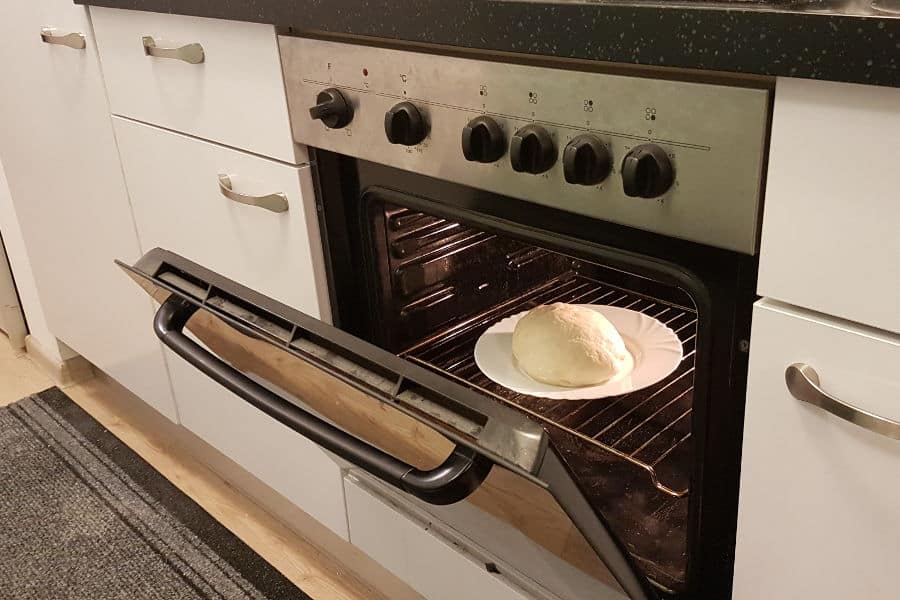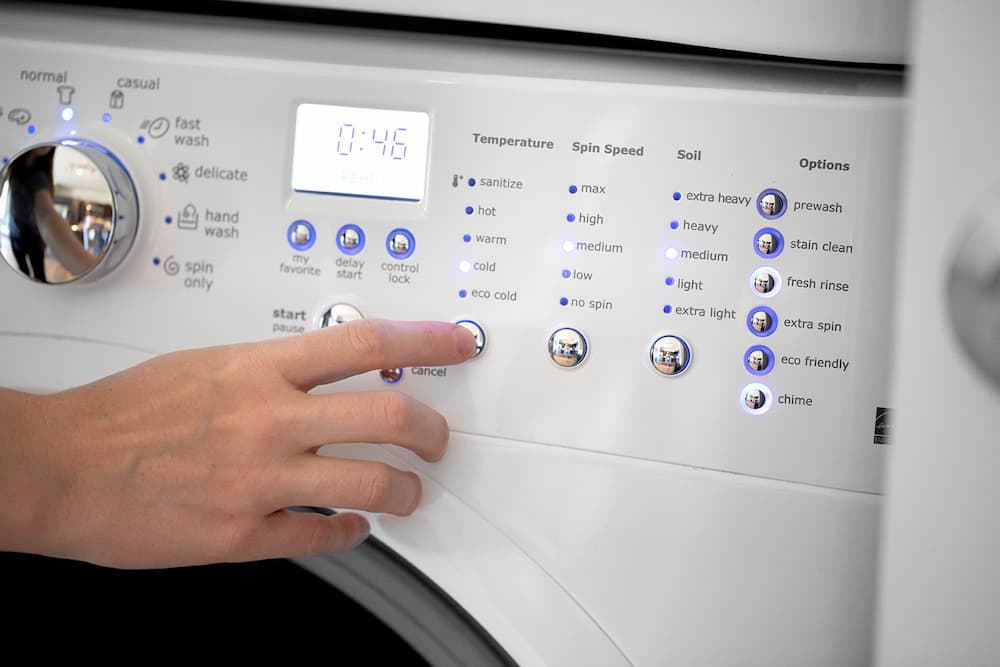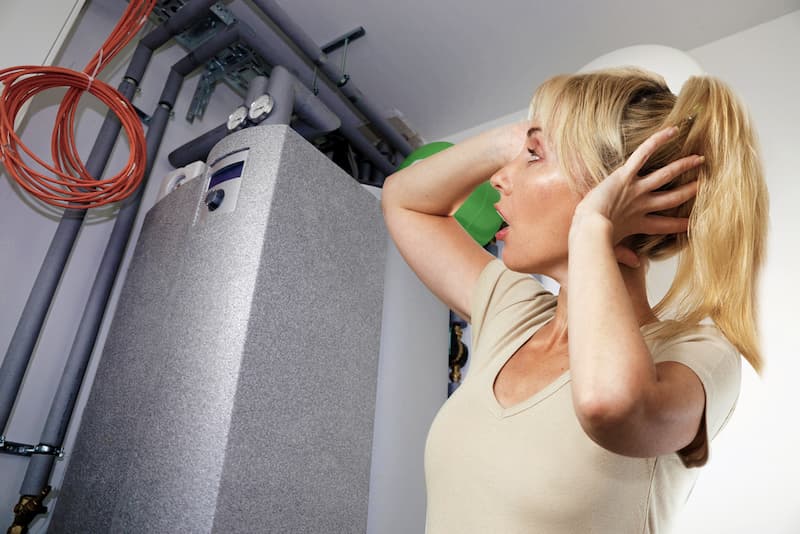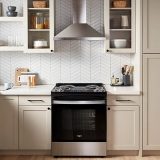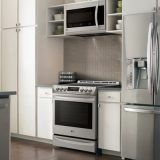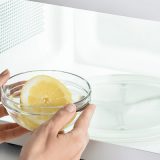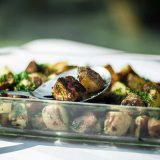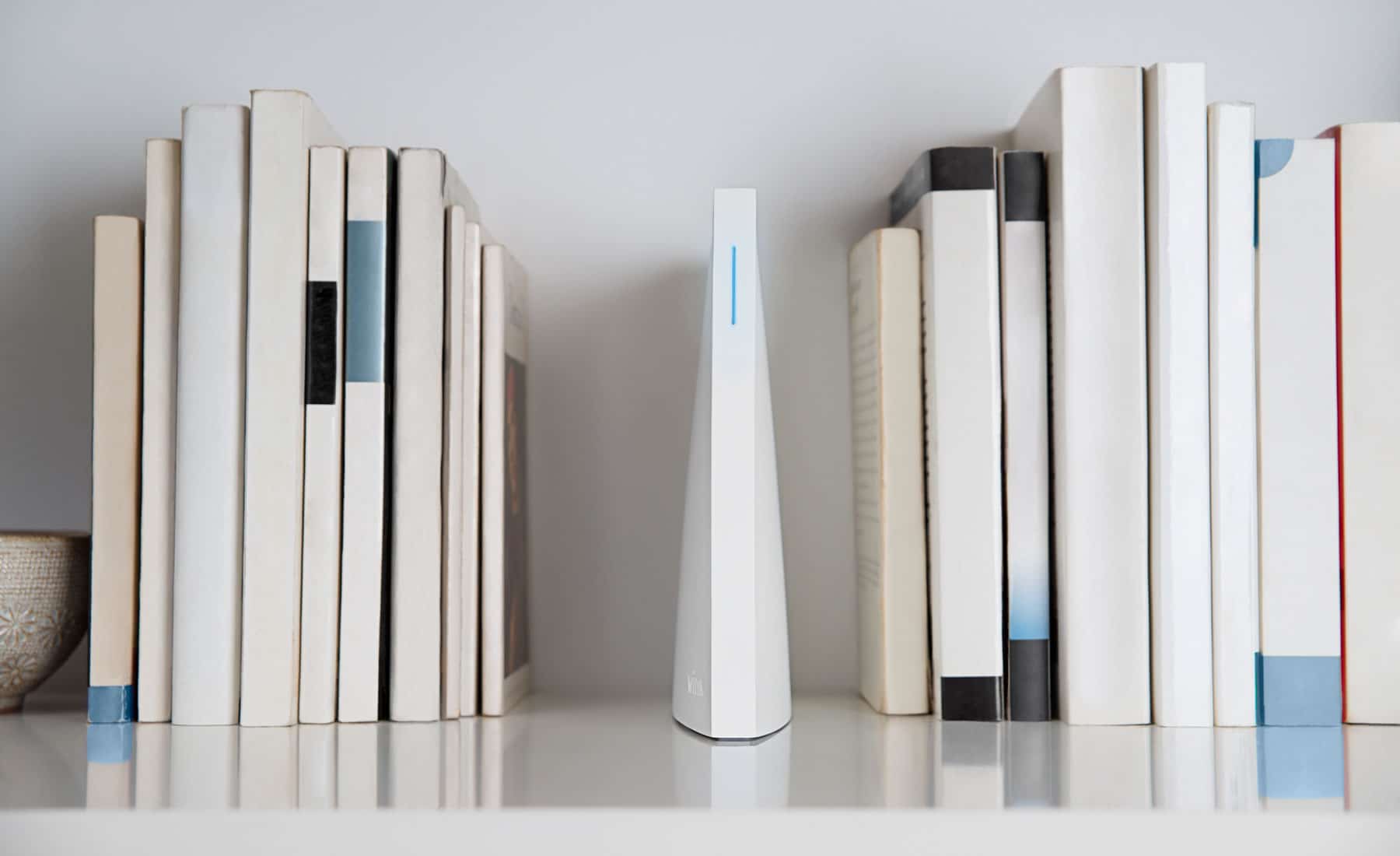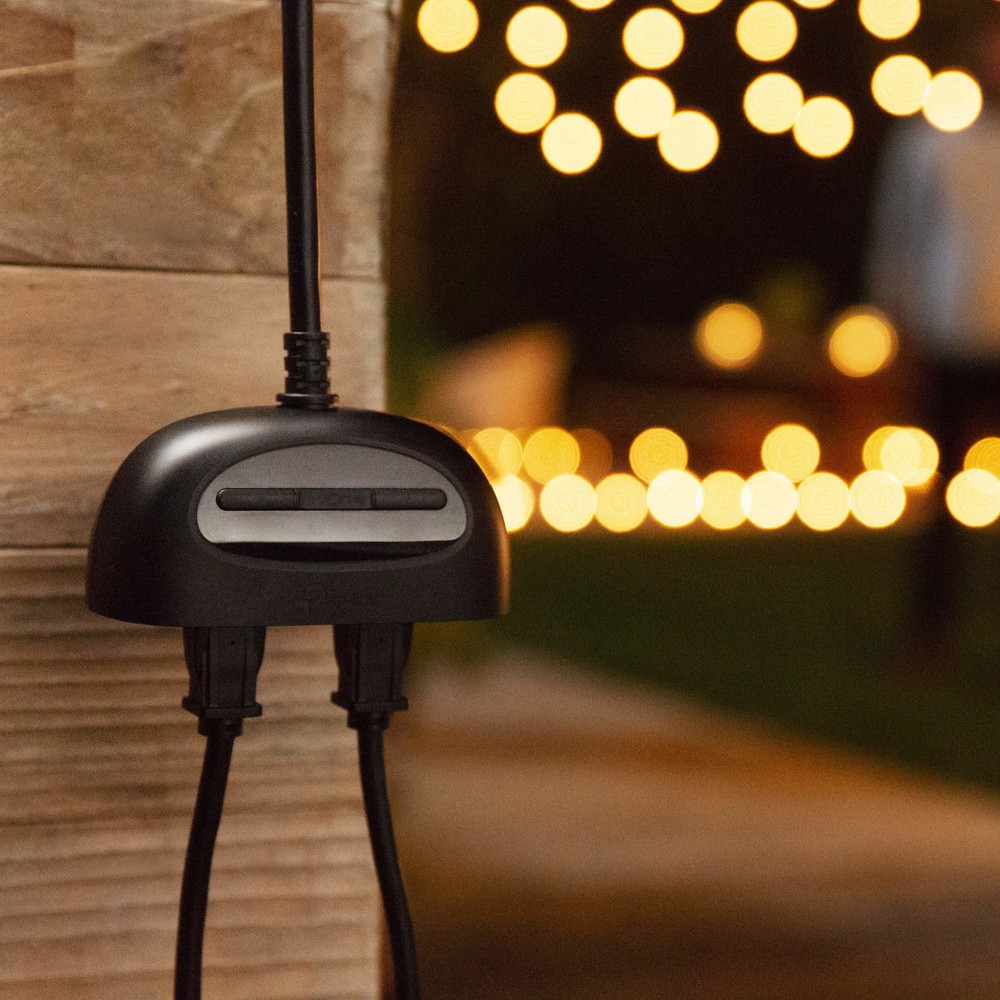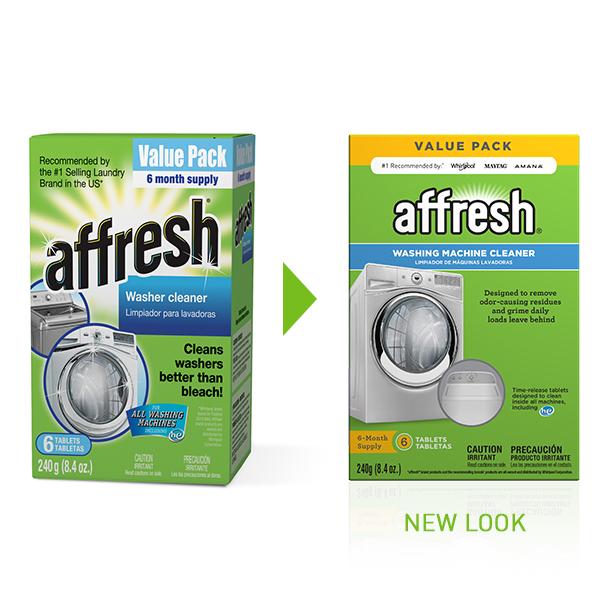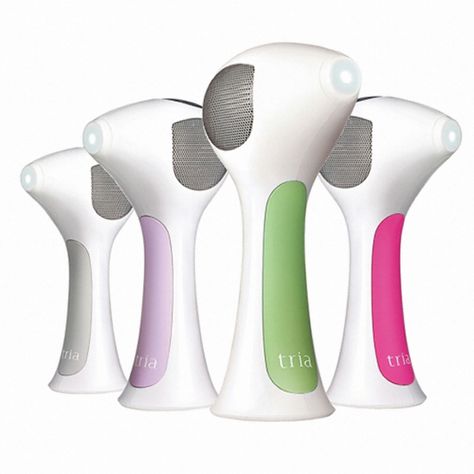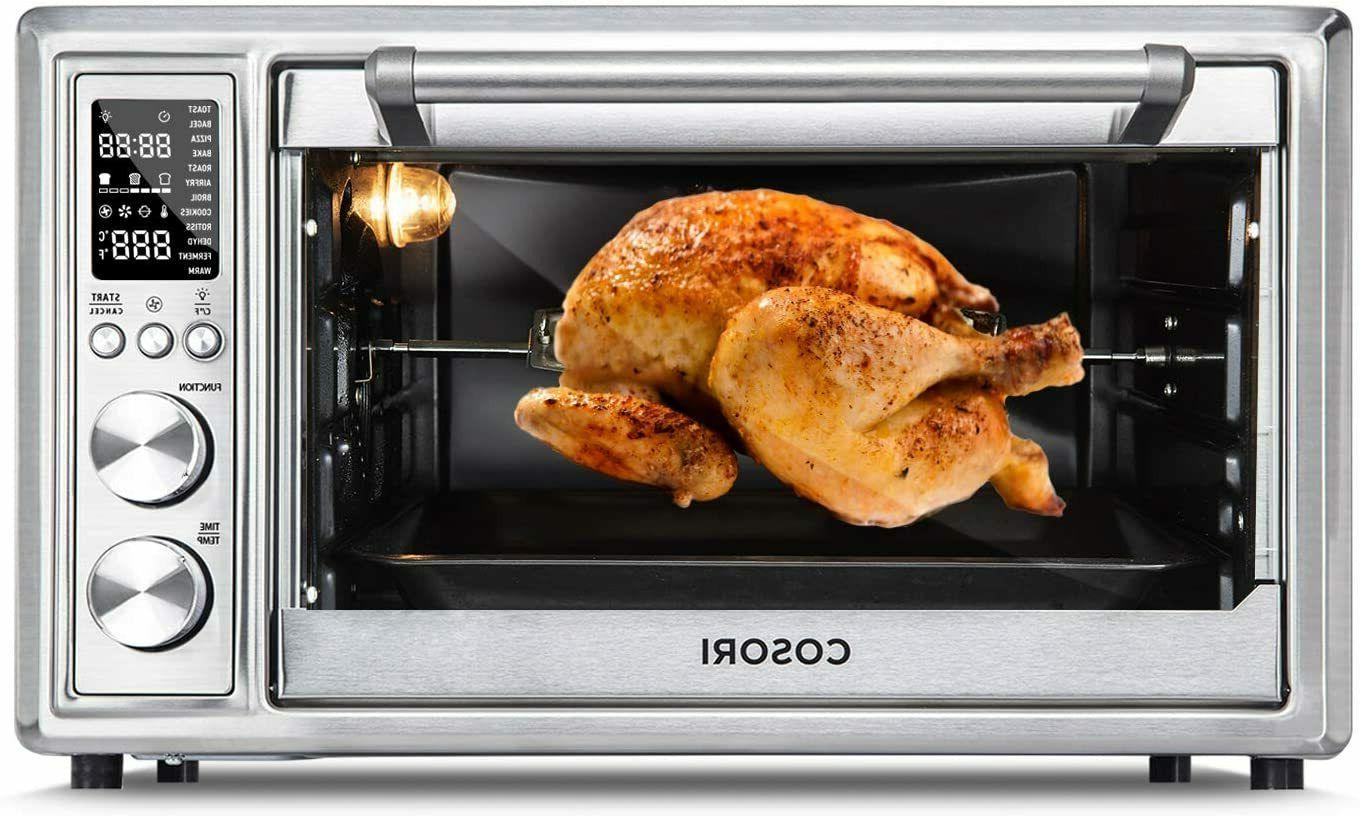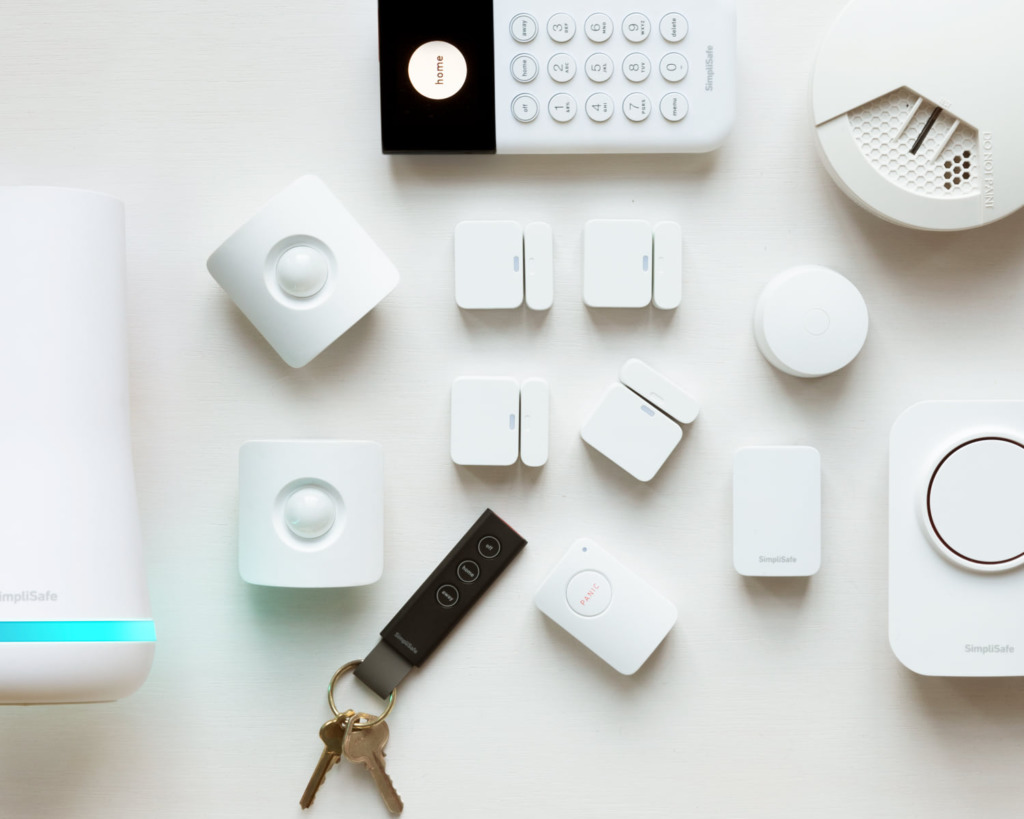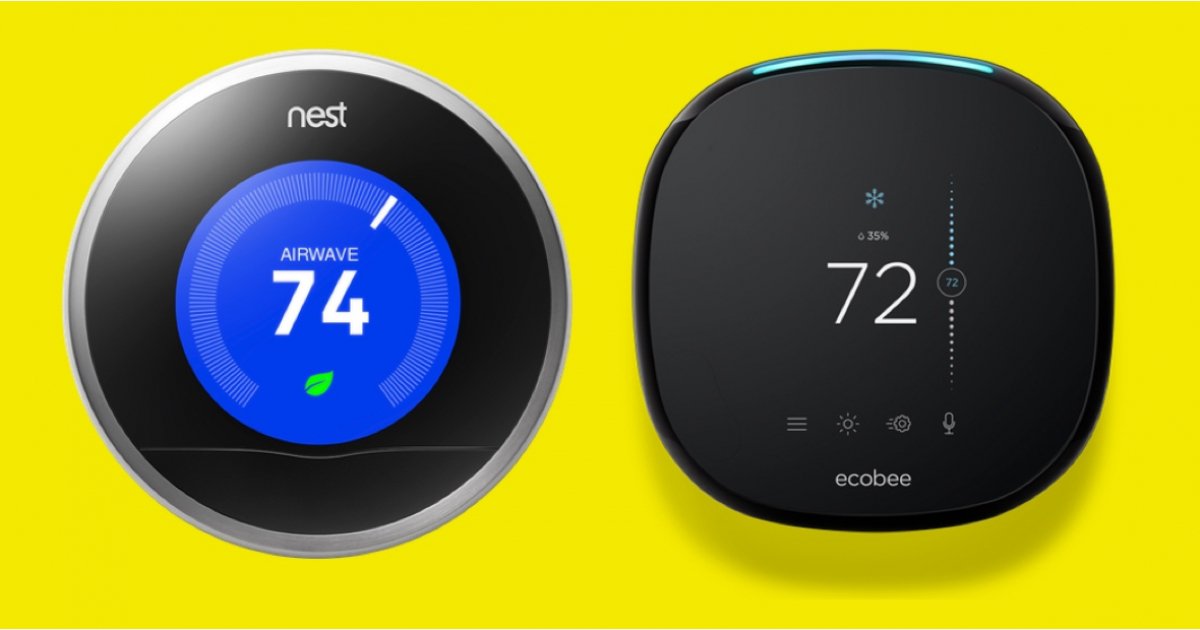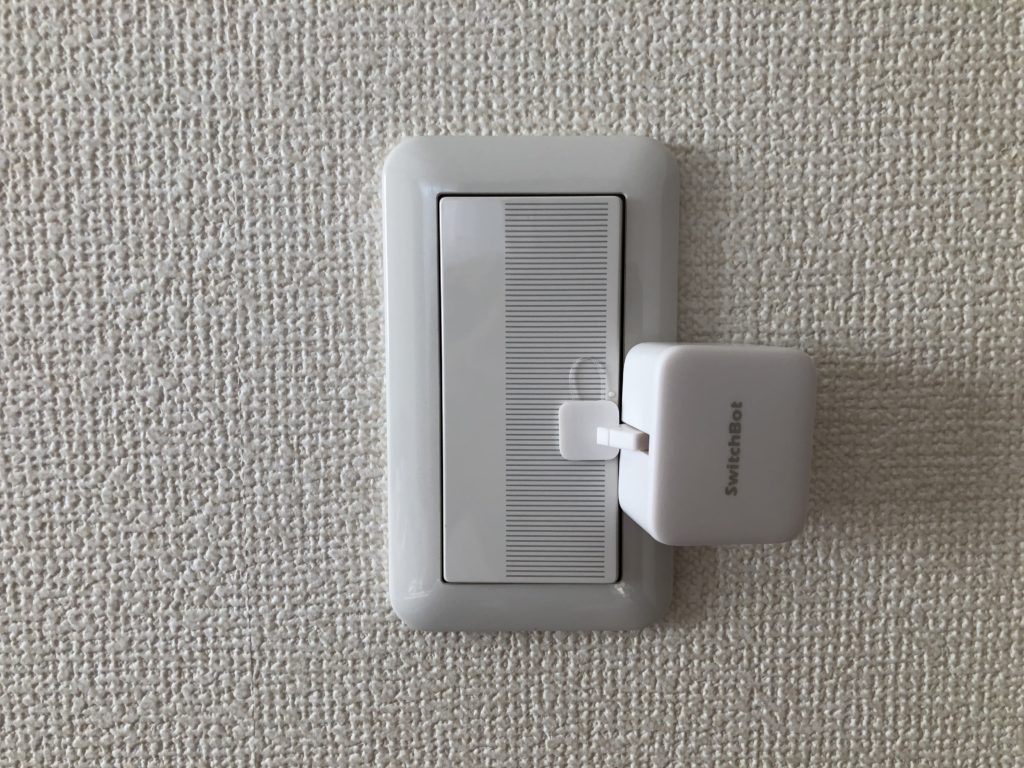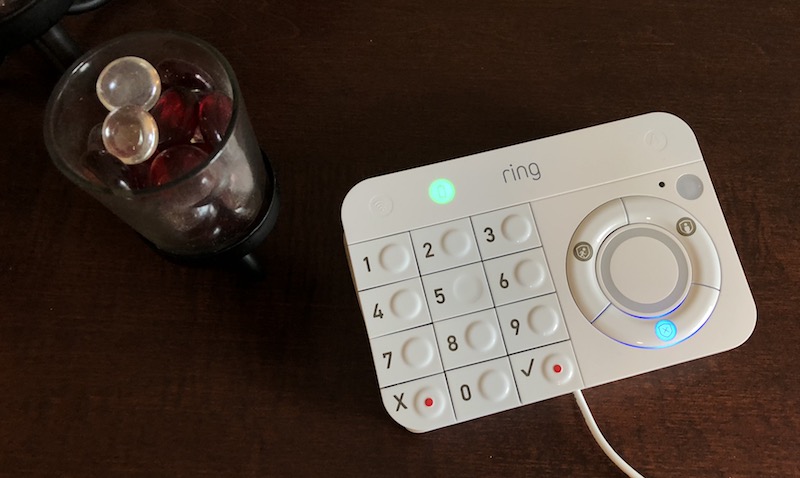In the list below you can find which materials and food can and can not be put in the microwave oven.
A microwave oven is a very useful kitchen appliance out there that makes people’s life more and more convenient. However, not everything can be put in the microwave no matter how convenient it is. The microwave can become dangerous or become completely unusable if the wrong thing is used to heat it or the wrong food is heated in it. So, we’ve listed everything that you should and should never put in a microwave in this section.
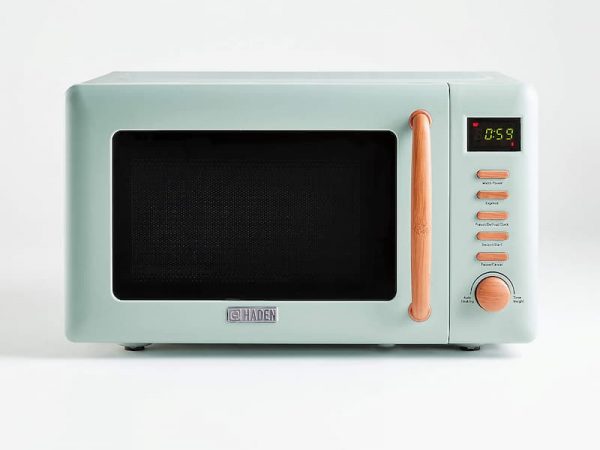
Table of Contents
What Not To Put In A Microwave Overall
Keep your heating as simple as you can because microwaves aren’t designed to last forever. Never use your microwave to heat up any of these 26 items.
- China: The dish may become damaged if the metal trim on the china becomes too hot.
- Bread: At high temperatures, the molecules of bread start to melt.
- Single-use plastics: can melt and release phthalates into your food.
- Breast milk: Milk heats unevenly and could scald your child.
- Half-frozen, Half-Cooked Meat: This is what you’ll be left with.
- Nothing: The microwave can be ruined if it is operated with nothing inside.
- Old mugs: Some old glazes have lead and heavy metals in them.
- Twist Ties: When heated, the ties’ metal can spark.
- Uncooked Rice: Microwaving will not get rid of the bacteria in the rice.
- Water in a cup: This could result in water that explodes due to being overheated.
- Takeout Box: When heated, the metal handle may spark.
- Leftovers Potatoes: Too many spores may cause you to become ill with botulism.
- Frozen Butter: The butter you receive will be partially melted and partially frozen.
- Leafy Greens: When microwaved, greens with leaves often spark.
- Frozen Fruit: The drastic temperature change may produce harmful carcinogens.
- Aluminum Foil: When microwaved, crumpled aluminum foil may catch fire.
- Cookware with Metal: Metal cookware can overheat and contaminate the food.
- Yogurt containers: Single-use plastics can melt and leak phthalates.
- Burned containers: When containers are burned, chemicals that cause cancer are released.
- Food that isn’t covered: The high internal temperature will probably make a mess.
- Oil: Oil is a fat, not a liquid, so it won’t heat up properly.
- Travel Mugs: Microwaves can be ruined by travel mugs made of stainless steel.
- Mushrooms: You should avoid nuking these because they are prone to microbial contamination.
- Hard-boiled Eggs: If the steam inside the egg can’t escape, an explosion may result.
- Old leftovers: Reheating leftovers several times reduces their nutritional value.
- Hot Peppers: The chemicals that are released have a similar impact to pepper spray.
Materials Can Be Put In Microwave
It’s always important to check your microwave oven’s manual for the materials that you can use before you put it in the microwave. Here are the materials that are safe to put in the microwave oven.
Plastic, Including Tupperware
While some plastic containers can be used in the microwave without any problems, there are some you should stay away from. You should never microwave food that is packaged in single-use plastic, such as yogurt, cottage cheese, and other items. Plastic take-out containers that don’t expressly state that they are microwave-safe must adhere to the same standard. Use plastic containers that are not cracked, outdated, or discolored. The best plastic containers for microwave use are typically those designed for longer-term storage, like Tupperware.
- Plastic should not be heated with dry foods because the plastic may melt.
- Those containing yogurt, cottage cheese, and margarine are examples of single-use containers that should not be used.
- Use plastic containers without pits, warps, or melting.
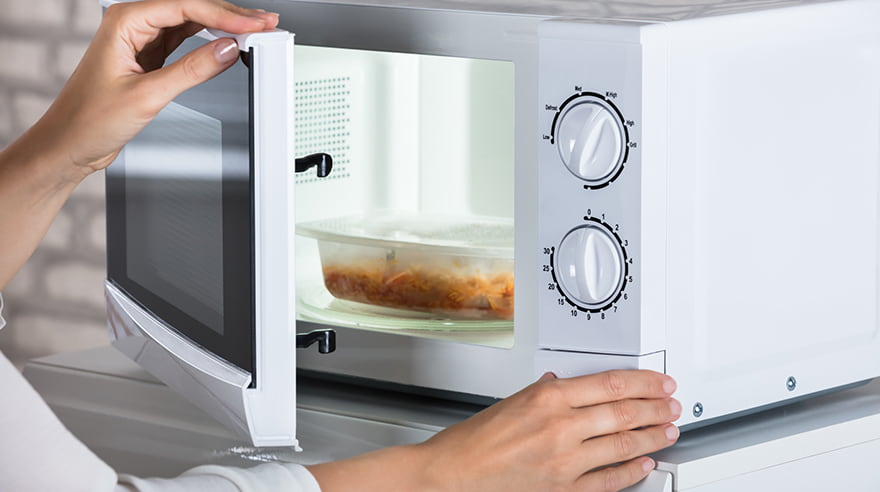
Plastic in Microwave
Make sure the plastic wrap does not touch the food when wrapping it up. Additionally, lightly cover the food to allow steam to escape; failing to do so could result in steam burns, which can be very dangerous!
Glass and Ceramic
Actually, glass and ceramic is the safest material you can use in the microwave. Usually, glass jars are not heat-resistant. So when you put a glass jar in the microwave, always make sure to remove its lid. Do not overheat otherwise the jar may break. you have to make sure there are no metallic parts or elements on there. Remember not to put in any cracked or chipped glass or ceramics dishware either.
In conclusion, when it comes to glass or ceramic plates, bowls, cups, mugs, mixing bowls, or bakeware, as long as it is a heat-resistant glass or ceramic dishware, it will be fine to put in a microwave.
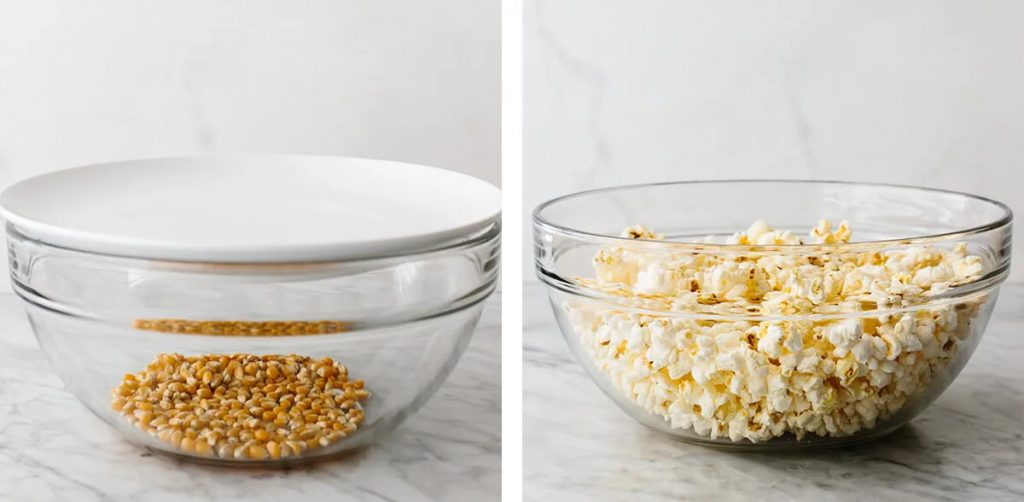
Glass and Ceramic in microwave
Paper Plates
However, some disposable tableware has a thin layer of plastic coating and cannot be microwaved. Make sure that a paper plate or bowl is clearly marked as microwave-safe before you put it in the microwave.
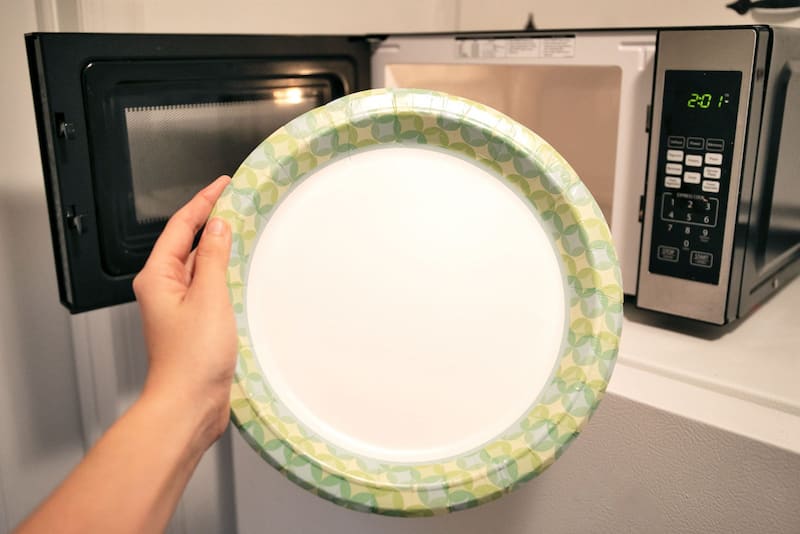
Paper Plates in microwave
Paper Towels
Most paper towels are safe to use in a microwave. In fact, you can cover some foods with a paper towel to prevent them from spitting during cooking or reheating. When microwaving food with a paper towel, it is best to use shorter intervals so you can check the food and the towel more frequently. The use of recycled paper towels, printed paper towels, paper lids, and brown paper bags is discouraged because they may present a safety hazard.
Read More: Can You Put Paper In The Microwave
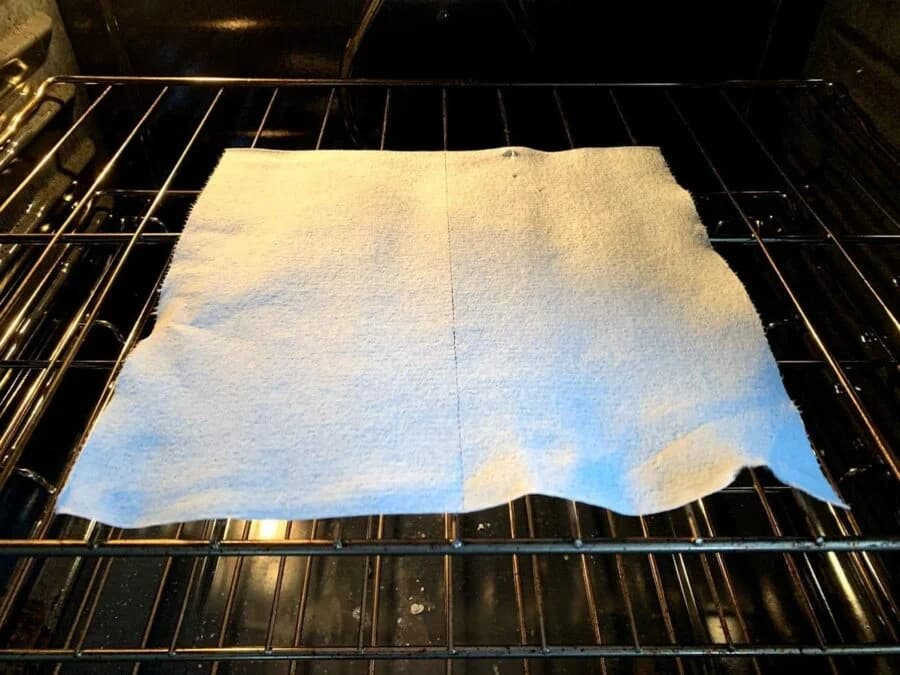
Paper Towels in microwave
Ziploc Bags
It is safe to put Ziploc bags in microwaves according to Ziploc. But if you aren’t sure what type of bag you’re using or don’t have access to the directions, play it safe and keep the bag out of the microwave. If you prefer a different bag storage brand, confirm that they are microwave safe and follow any and all directions.
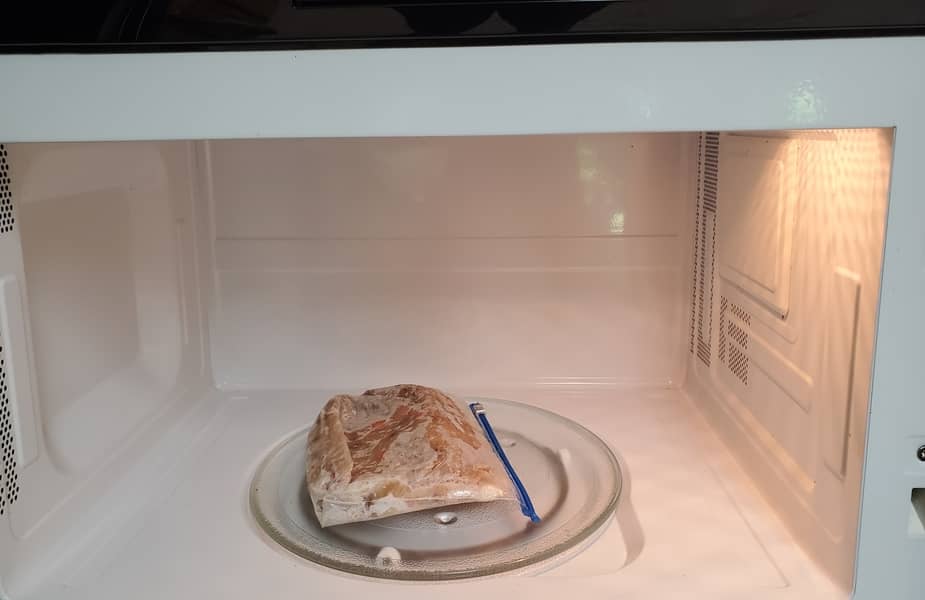
Ziploc Bags in microwave
Materials Can’t Be Put In Microwave
While there are plenty of things that can go in your microwave, certain materials should never be placed in the microwave. If you put the wrong materials in the microwave, the food can potentially ruin our or even cause serious health issues. Here are the materials that you should avoid putting in the microwave oven:
Aluminum Foil
You can put aluminum foil in a microwave, but only when you use it to shield your food. You can cover up small pieces of poultry or meat using small and smooth pieces to keep them from overheating. Pay attention, the foil should stay at least 2.5 cm away from oven walls to prevent any arcing.
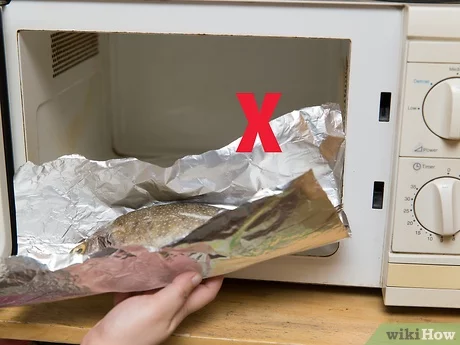
Aluminum Foil not put in Microwave
Anything With Metal Or Stainless Steel
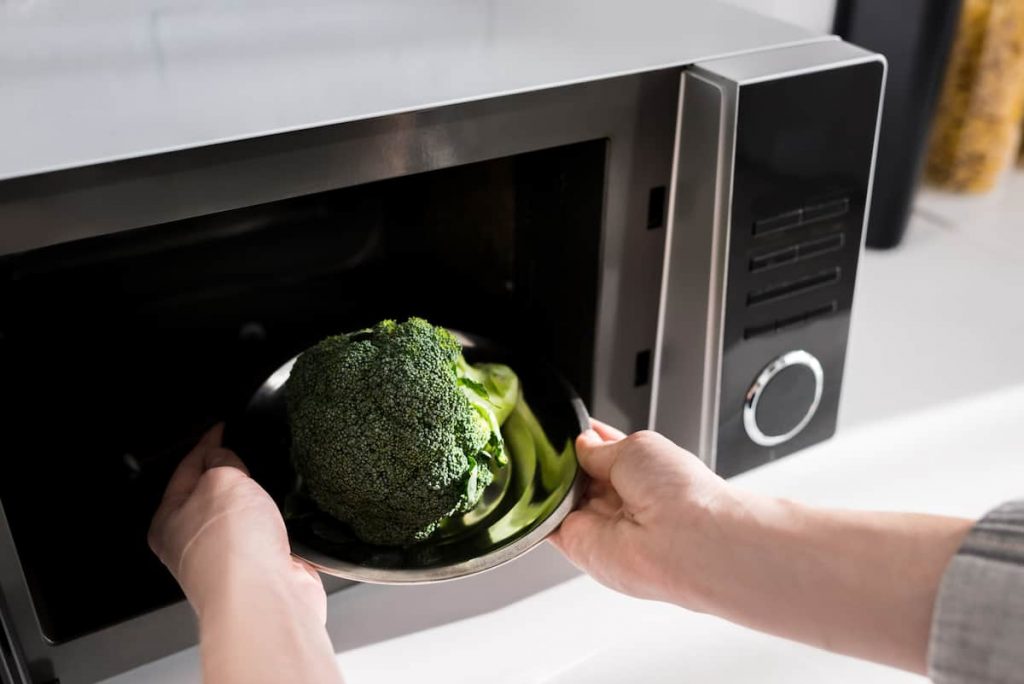
Stainless Steel not in microwave
Single-use Plastic
Styrofoam
It’s better not to put styrofoam in a microwave. If you have to do it, make sure they must be labeled as such. If you don’t see a label or aren’t sure what type of Styrofoam you’re using, please stop doing it.
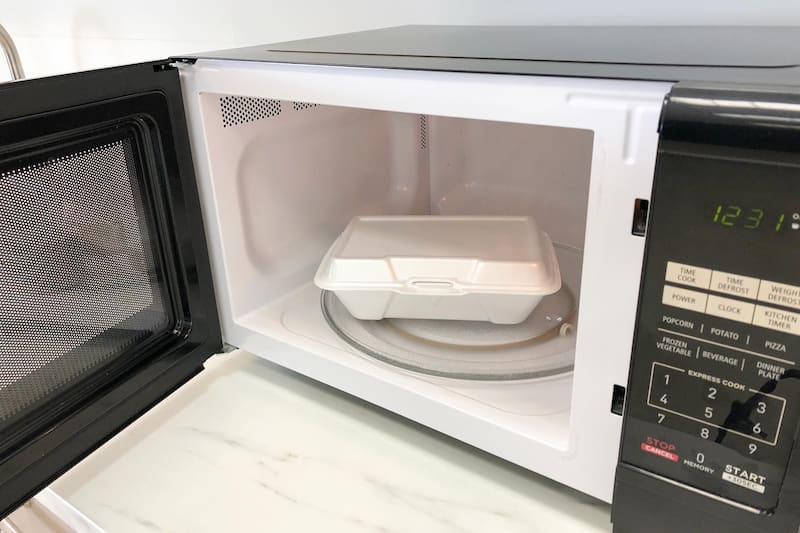
Styrofoam not in microwave
Cardboard
The answer is you can not put cardboard in a microwave. Cardboard can contain glues, waxes, and other materials that can make it a safety hazard in the microwave. Some cardboard can cause sparks and present a fire hazard because it has metal handles or fasteners that Keep your microwave-safe by removing food from cardboard containers and placing them in glass or microwave-safe plastic instead.
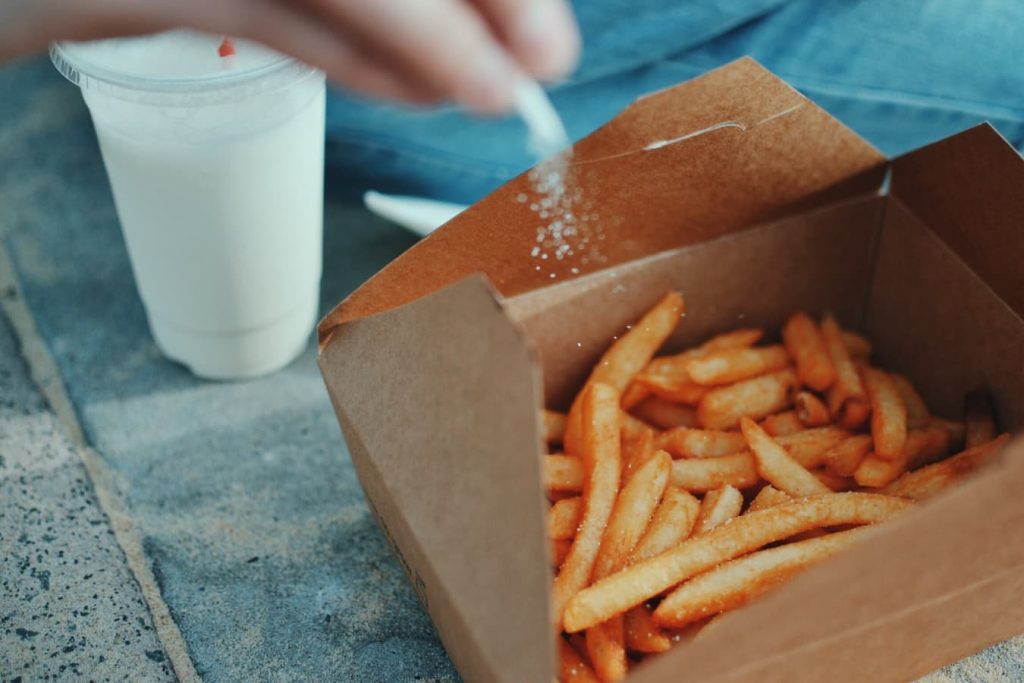
Cardboard
Melamine
It’s best to avoid putting melamine in the microwave.
Melamine is a cheap, hard plastic used to make dishware. It has a warning on the bottom but people fail to recognize the material. In addition, It has been around for decades yet most people can’t differentiate it from another plastic dishware. Dishware made from this material is very attractive and only meant for displaying food. Putting it in the microwave is a bad idea because when you heat Melamine ware, it will crack.
Takeout Containers
Takeout containers usually have a thin metal handle and the microwave doesn’t work well with them. You will experience the wiring catching sparks or even flames when you heat these containers. Also, the food may become inedible.
Remember to always check whether the container has the “Microwave-safe” label on it. If it doesn’t, take the leftovers out on a microwave-safe plate or container. Use a paper towel to cover the food to prevent popping or splattering and microwave with no problem.
Yogurt & Butter Containers
Yogurt cups and butter jars are examples of plastic containers that are only meant to be used once. They aren’t designed to withstand the intense heat and temperatures of a microwave, and if heated, they may melt and release chemicals into the food.
Food Can’t Be Put In Microwave
Water
Raw Spicy Peppers
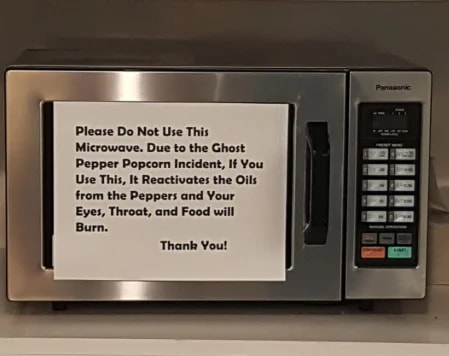
Hot Peppers in microwave – reddit
Eggs
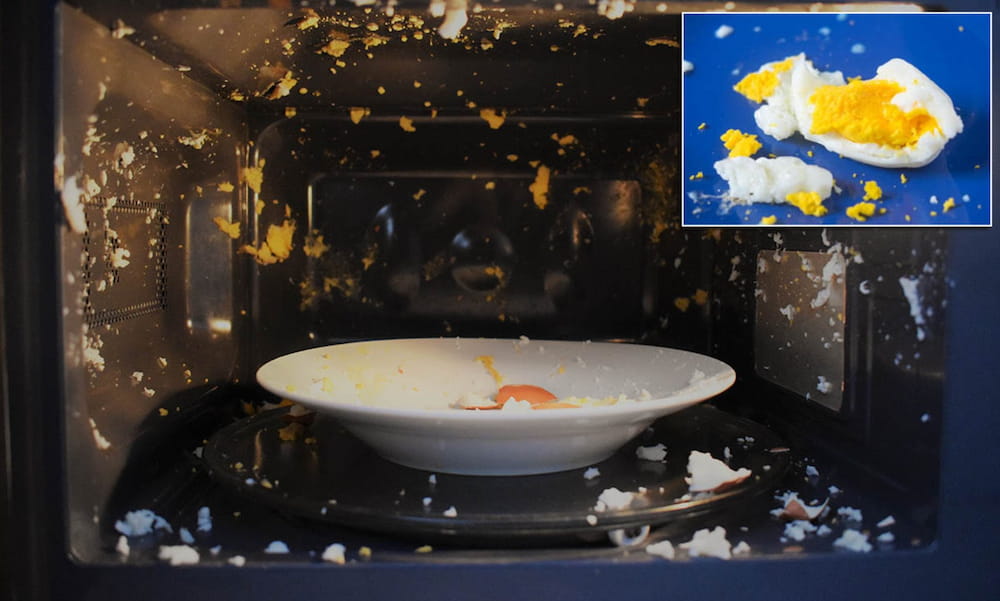
Egg in Microwave Explosion
Frozen Protein
Broccoli
Uncovered Pasta Sauces
Grapes
They’ll blow up and possibly catch fire.
Frozen Meat
Due to the difficulty in ensuring that the interior of frozen meat is fully cooked in the microwave, it is difficult to microwave frozen meat. Additionally, if the heat isn’t applied evenly, bacteria can develop and spread on the food. Therefore, if you need to defrost meat that was in the freezer, simply leave it in the refrigerator overnight.
Coffee
Coffee’s acidity rises as it cools, giving it a bitter flavor. Reheating coffee in the microwave further destroys any aromatics left, giving it a stale flavor. Coffee should be kept in a well-insulated thermos or made from scratch to avoid committing this coffee crime and accepting a subpar cup.
16 Foods Can Easily Cook In Microwave
The microwave is used for more than just popping popcorn. You can finally throw the dinner party of your dreams by using your microwave to quickly prepare a meal for you, your friends, and your family.
Of course, you should use caution at all times when cooking. Don’t put the microwave on for 10 minutes and then use the restroom. Keep an eye on your diet. Please don’t put silverware inside the microwave; instead, use only microwave-safe plates and bowls.
Here are 16 items that can be made in the microwave without anyone noticing and are likely to pass for oven-made.
Baked Potatoes
In reality, baking potatoes in the oven takes a long time. To cook them more quickly, do you? Microwave them is an easy solution!
Make some holes in the potatoes, place them in a bowl of water, and microwave for two minutes. It’s as good as any potato baked in the oven, according to Redditors.
Steamed Vegetables
Since you can easily cook vegetables in the microwave, we no longer have an excuse for not eating them.
For this, simply combine the vegetables with a little water in a microwave-safe bowl, cover the bowl, and cook on high for three to four minutes. You can heat it for about two and a half minutes at a time to avoid overcooking.
Pasta
Pasta cooks reasonably well in the microwave, which is good news if you have a pasta craving but lack Ina Garten’s culinary skills.
Simply place the pasta in a bowl, cover it with water until it is covered by about two inches, season with salt and pepper to taste (if desired), and place the bowl on top of a large plate in case the water spills.
Once every three minutes or so in the microwave. When the timer stops, keep checking the pasta to make sure it hasn’t overcooked.
Brownies
Did you know that a microwave can be used to make some pretty impressive brownies and mug cakes? You can find countless recipes online, make the *perfect* portion, and finish it in a matter of minutes. Dessert for the win.
Oatmeal
Oatmeal tastes like drywall to me, but there are a million different ways to dress it up. Additionally, if you microwave it, you can shorten the cooking time. Particularly if you have to leave quickly for work (or school) in the morning, it is a healthy and quick meal.
Poached Eggs
Want poached eggs but haven’t mastered the stovetop method? Use the microwave to quickly prepare them with less hassle. #magic
Just do as this Redditor suggested: Fill a mug or bowl at least halfway with water, add some vinegar, cover it with a plate, and heat it in the microwave for one minute.
Corn
Using the microwave, you can quickly and easily prepare corn on the cob. You may even leave it on the husk! Simply place the corn in a bag and heat for three to five minutes. Before placing the bag in the microwave, though, make sure it is safe to do so.
Another Gentle Reminder: Give The Corn Some Time To Rest Before Removing The Husk. It Will Be Very Hot, So It’s Probably A Good Idea To Wait Until It Has Cooled Down A Little Before Handling It.
Smores
A small campfire will do to roast some marshmallows. In a microwave, even s’mores are easily cooked. Putting them on a plate with a cup of water next to it is what this Redditor advises. After that, microwave it for approximately 15 seconds.
Rice
Utilize a microwave to prepare rice! According to this Redditor, it always turns out perfectly. No one has to know you didn’t do it the “proper” way.
Ramen
Making ramen noodles in a microwave is simpler. In order to get tastier results, some Redditors advise adding egg and spring onions after it has been cooked.
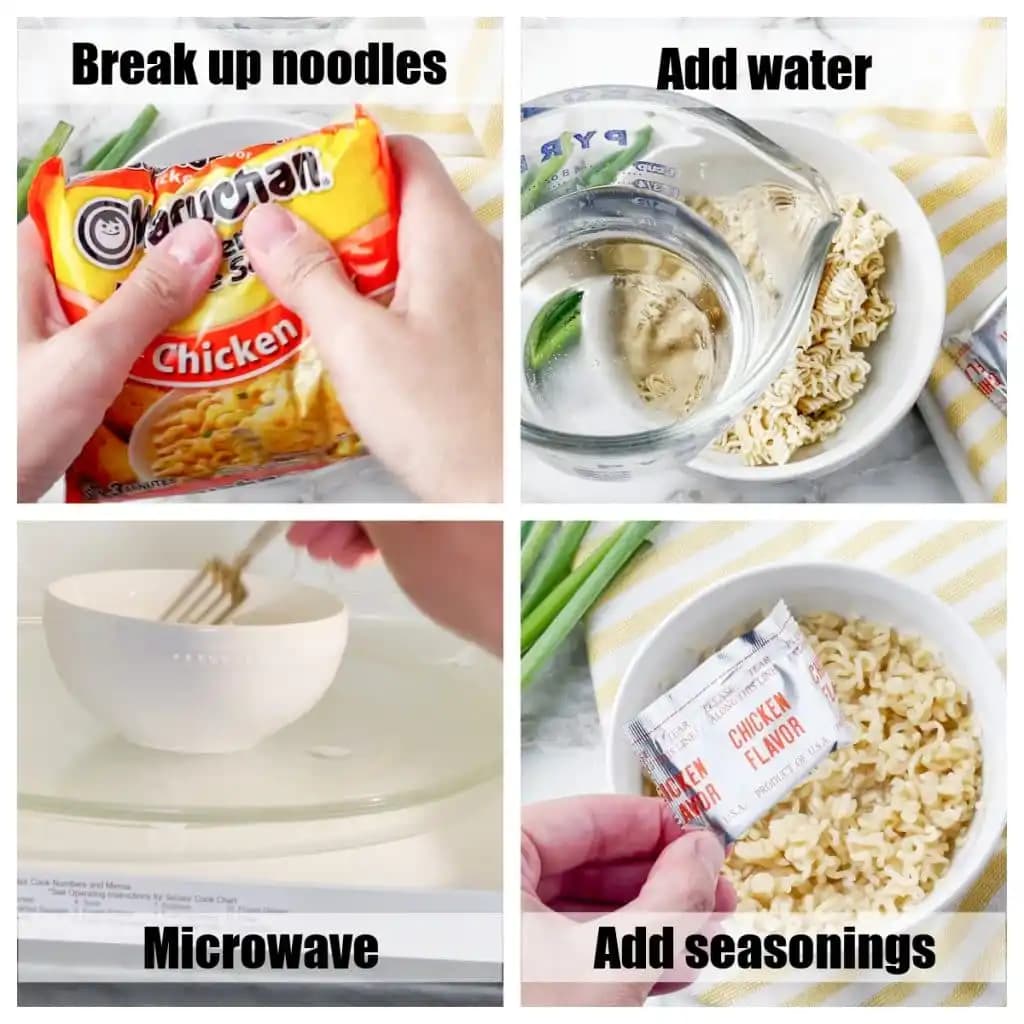
Making ramen noodles in a microwave
Alfredo Sauce
Want to prepare a fancy dinner without putting in any real effort? Milk, parmesan, and garlic can be combined to create a respectable alfredo sauce. Pour it over your pasta after it has heated through and been stirred sporadically.
Scrambled Eggs
People have feelings about this, but the fact of the matter is you can make scrambled eggs in the microwave. Jamie Oliver might not be a fan, but hey, we don’t always have time for pans and stovetops.
Hot Dogs
If there isn’t any BBQ, no worries; just pop a weenie in the microwave, get out the ketchup, and get cooking. You can eat hot dogs whenever you want. Life is beautiful.
Nachos
Speculate about the options. How many different types of nachos can you prepare in the microwave, do you think? My brain is almost unable to process it.
Bacon
Microwave bacon to prepare it. Make your house constantly smell like bacon. Win at life.
Pumpkin Seeds
It’s a proven fact that pumpkin seeds make autumn and Halloween.
It can be a pain to cook them in the oven. (But it’s still worthwhile.) So that you can consume pumpkin seeds faster, hasten the process by putting them in the microwave.
If you’re in a hurry and need a quick snack, a quick meal, or a tasty dessert, these microwave recipes might just become your go-to. The best part is that they are so delicious that you don’t even need to admit to anyone that you only used a microwave.
How Do Microwave Ovens Works?
Microwaves do not actually heat the containers; rather, the dish is warmed by the residual heat of the food. In addition to damaging your microwave, this could cause harmful chemicals to contaminate your food.
Leaching is when an appliance’s microwaves extract chemicals from a dish or other material, which are then dissolved in the liquid molecules of your food.
Microwave Safety Tips
When using your microwave at home, there are some general safety precautions you should take. Always consult the manufacturer’s manual for safety advice specific to your model.
- To prevent contaminating food and damaging your appliance, always use microwave-safe containers.
- If your microwave’s door doesn’t close tightly, don’t use it because radiation leakage might occur.
- Although your microwave should not operate with the door open, in the unlikely event that the sensor malfunctions and it does, report it to the FDA and stop using the appliance to prevent radiation leakage.
- Never linger too long looking into or leaning against your microwave. Burns and cataracts have been reported, despite how uncommon they are.
- With a soft sponge, water, and mild detergent, clean your microwave frequently. If you don’t clean your microwave, leftover food particles could contaminate freshly heated food, posing a health risk.
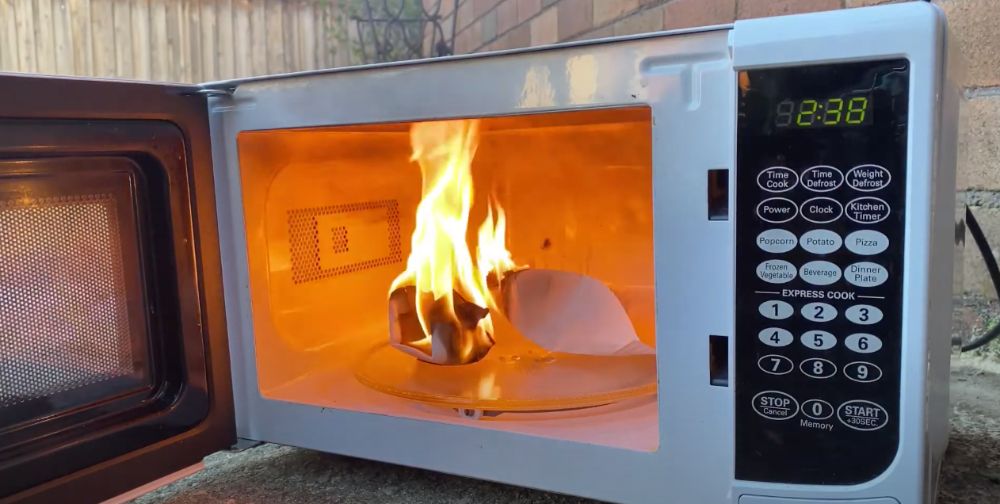
Microwave on Fire
Faqs
How To Test Materials In Microwave
If in doubt, or if you can not find the material in the list below, you can test the utensil in question, by following the procedure below:
- Along with the utensil, add 1 cup (250 ml) of cold water to a microwave-safe container.
- Cook for one minute at maximum power.
- Feel the object with great care. Avoid cooking in the microwave if the empty utensil is warm. CAUTION: Cooking should only take one minute.
How To Know If Something Is Microwave-safe
Although there are general recommendations for microwave-safe containers, there are always exceptions. Check the back or bottom of the item in question to see if a microwave-safe label or symbol is present if you are unsure whether it can be microwaved. If you can’t find one, try to ascertain the item’s composition; this will give you a better idea of whether it is suitable for microwave use. Just keep in mind: if you’re unsure of a container’s composition, leave it out. The best way to guarantee that your microwave will remain in excellent condition for many years is to do this.
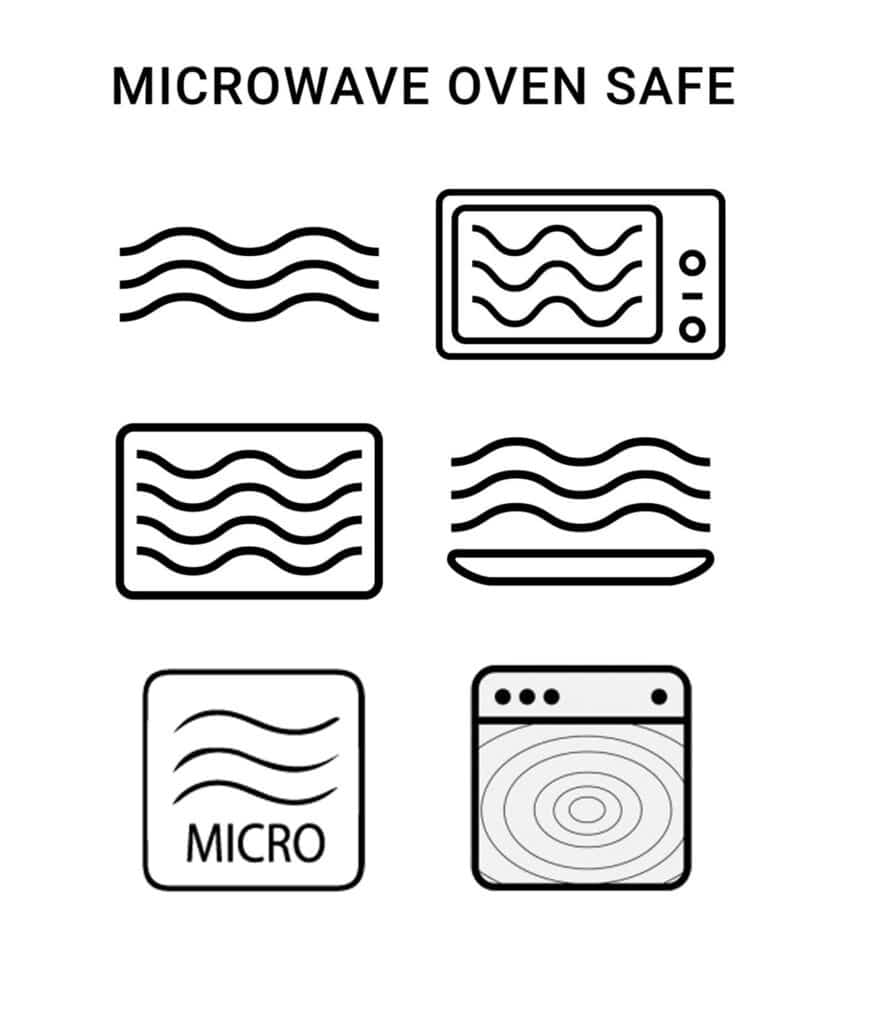
Microwave Oven Safe
Can You Microwave Glazed Ceramics
Everything from stoneware to china can be used in the microwave when made with glazes that have been properly formulated. Glass cookware, such as Pyrex and Anchor Hocking, and Corning Ware are both secure. However, regardless of cost or brand, be wary of glazed ceramics produced in China. Some manufacturers use glazes with high levels of lead and arsenic, which are hazardous substances that can leach into food when microwaved, because China’s industry is not adequately regulated.
The amount of heat that is retained by glazed ceramic dishes and cups is another problem with using them in the microwave. Put a half cup of water in your coffee cup or mug and microwave it for 30 seconds to ensure that it won’t overheat. Avoid microwaving a cup if its temperature exceeds that of the water it holds.
Can You Microwave Metallic-Trimmed Dishes or Cups?
Anything with metallic trim is never safe to use in the microwave. Never do this because the dish or the oven may get damaged or the metal may arc and overheat.
Can You Microwave Styrofoam?
Styrofoam should only be heated if it bears the microwave safe label. This material comes in two varieties: one that can be used in a microwave and one that cannot. Do not heat styrofoam that has melted or warped in any way.
Can You Microwave Plastic?
In some cases, it’s okay to microwave plastic. Thin plastic used in single-use items like plastic wrap and takeout containers melts when it comes into contact with hot food. When this occurs, phthalates, which are unsafe for consumption, may contaminate your food. If you want to microwave your dishes, stick to thick plastics that are not warped, scratched, or stained.
Can You Microwave Tea Bags with Staples?
No need to remove the staple before heating a tea bag in the microwave. In order to demonstrate that the staple on the tea bag tag is safe in the microwave, Schiffmann conducted studies for the Lipton Tea Company.
One final word of wisdom from the professionals: never operate the microwave without anything inside. Since the heat has nowhere to go, it might damage the magnetron and render the microwave useless.
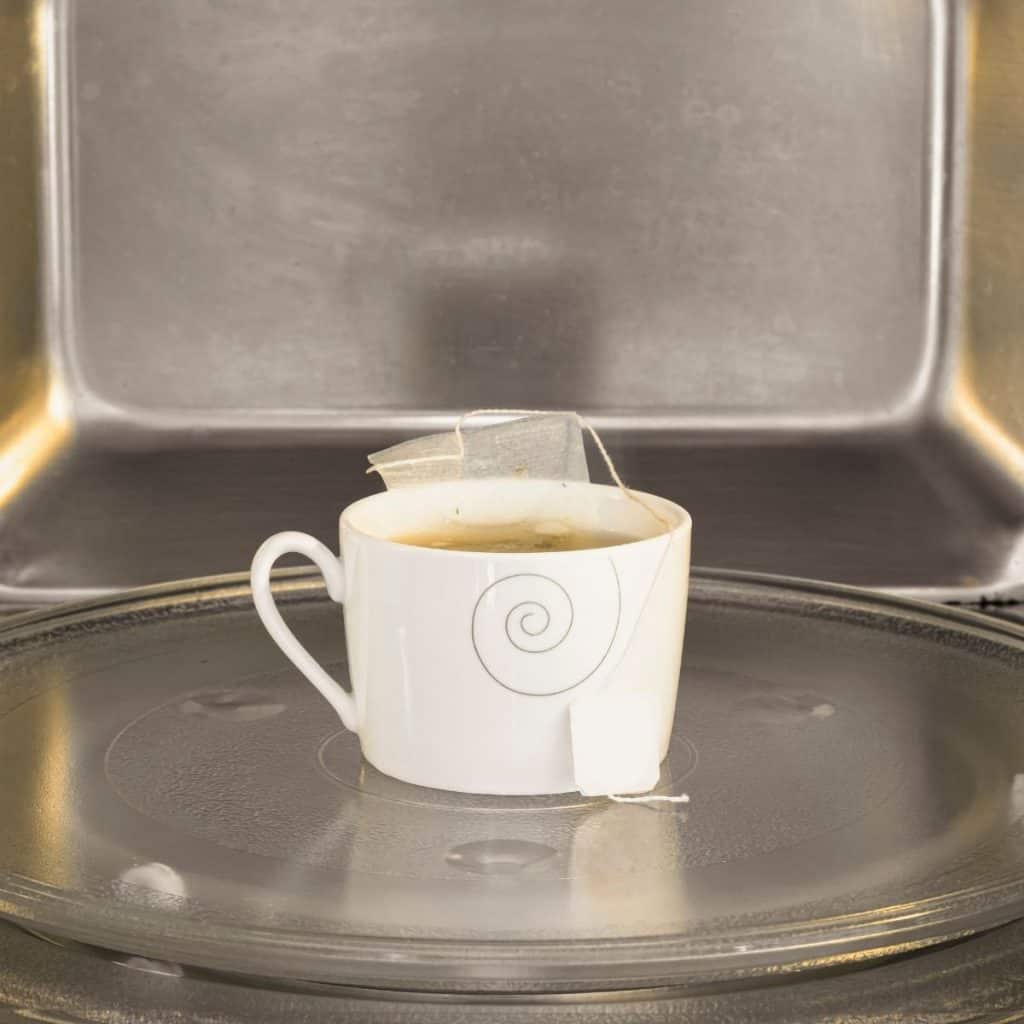
Microwave Tea Bags with Staples
Can You Microwave Metal?
Avoid using the microwave to heat metal. The appliance won’t penetrate metal and can only heat the surface of the food. The microwaves are reflected back into the appliance by heated metal, which results in uneven cooking of the food and may even harm the oven.
Can You Microwave Glass?
In most cases, using glass in a microwave is safe. Chemicals will not seep into your food when using glass dishes. On the other hand, abrupt temperature changes, like removing a frozen dish from the freezer and immediately microwaving it, can break the glass.
Can You Microwave Paper?
Never put recycled paper products in the microwave. Newspapers, takeout containers, and brown grocery bags can all be examples of this. These substances are not only unhygienic, but they also pose a fire risk. It is safe for wax paper, parchment paper, and paper plates in the microwave.
Paper thickness, which significantly affects the risk of catching fire, is the key to microwaving paper safely. Make sure you don’t microwave paper products for longer than 5 minutes because doing so can burn the edges and make them more likely to catch fire.
Can You Microwave Ceramic?
Whether ceramic dishes are suitable for use in the microwave. Before heating, make sure the glaze is intact and there is no metallic trim on it. Because the glaze on ceramic mugs produced before the 1960s frequently contained lead and other heavy metals, they shouldn’t be used.
Can You Microwave CardBoard?
The science about cardboard safety in microwaves can be confusing, and depending on the type of cardboard and the materials added, the chemicals in a cardboard can cause a fire when heated but are sometimes perfectly safe. Learn More: Can You Put Cardboard in a Microwave?
How to Make Your Microwave Silent?
It’s not always a good choice to silence your microwave’s beeps, but there are some moments where it just makes sense.
As long as you are able to remember the time when you put food in your microwave, you will want to silence your microwave from time to time as you may get irritated from hearing the high-pitched beeps.
There are several ways to silence that beeping noise, and which works well depends on what the microwave is doing, the model that you have, and whether it’s broken.
- Put Your Microwave on Mute
- Check Out the Button Pad of The Microwave.
- Explore the Remote Control
- Check User Manual
- Go Online & Download User Manual PDF file
Read More: How to Make Your Microwave Silent
How Long Do Microwaves Last?
Even with heavy use and poor maintenance, the typical microwave oven only lasts about 8 years under normal use. As a large family becomes more dependent on the appliance to heat up snacks and leftovers or to defrost meals, they may find that they need to replace it every four to five years. The lifespans of microwaves are discussed further in the text
Conclusion
You can find everything about the materials you should use and avoid. So it is always handy to read the manual to avoid any potential dangers. Whenever you want to cook prepared foods in the microwave, the safest way is to follow the instructions on the packaging. Do not use the given container a second time.
Read Next: How To Set Clock On My Samsung Microwave?

